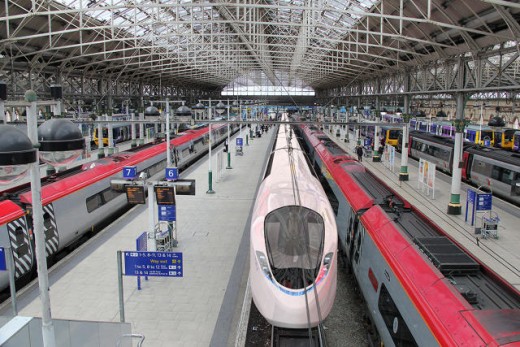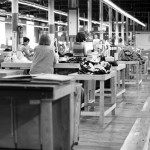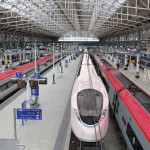methods to Future-Proof A train gadget
there is still quite a few small-scale considering within the teach world. Andreas Vogler wants to vary that.
November 24, 2015
it’s well-documented that the United Kingdom’s trains are overcrowded. Some regional strains are as much as 86% over capacity. Congestion plagues teach techniques all over the sector from San Francisco to new york to Mumbai. the answer isn’t as simple as placing more of the identical trains into commission; it is about future-proofing the trains that come next.
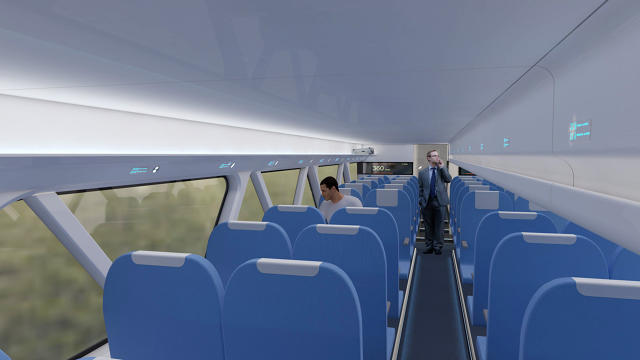
Switzerland-based totally architect Andreas Vogler is working with Matteo Mazzero, Sebastian Wolf, and the German Aerospace heart on an idea for the U.k. known as the Aeroliner3000. prior to now, Vogler has worked on interiors for Asiana and Corsair airways, concepts for house tourism, and a Mars rover. while transportation is an ongoing hobby, the teach represents a new class for him.
The Aeroliner3000 is one among three finalists in day after today’s educate Design nowadays, a contest hosted by the Royal Institute of British Architects (RIBA), the FutureRailway staff, and the department for Transport (DfT). The aim is to have the opportunity to reengineer passenger trains that can accommodate more capacity inside the present railway infrastructure of tracks, tunnels, and stations.
Their answer? bring the teach carriage closer to the track. That way you can create taller trains, which accommodate extra passengers—suppose double-deckers—whereas still fitting thru slender tunnels and low bridges. Vogler and his staff have completed a feasibility find out about and are engaged on a full-scale prototype, that allows you to be exhibited in September 2016.
“it is altering some paradigms of a educate,” Vogler says of the Aeroliner3000. “it can be extra like a Learjet on rails.” beneath he walks us during the challenges and opportunities of designing a new train for the U.okay.—and the way these classes might be applied to other transit programs around the globe.
Co.Design: the place did and didn’t you see opportunities for design to alleviate the problem of overcrowding?
Andreas Vogler: Britain has a great deal invented the railways in the 19th century, but can be trapped in its historical infrastructure, which grew very fast with the aid of many private companies, who made the tunnels as small as conceivable to cut costs. it’s the cost of liberal capitalism, that steadily a larger vision is missing. but that was a hundred and fifty years ago.
then again, British rail is a story of success with rising passenger numbers since the Nineteen Nineties. British train operators so far were catching this capacity growth with seat pitches reaching their ergonomic limits and by means of charging high costs during height hours. alternatively passenger numbers maintain on rising, for the reason that roads and the sky are full in Britain. it is a country on the transfer.
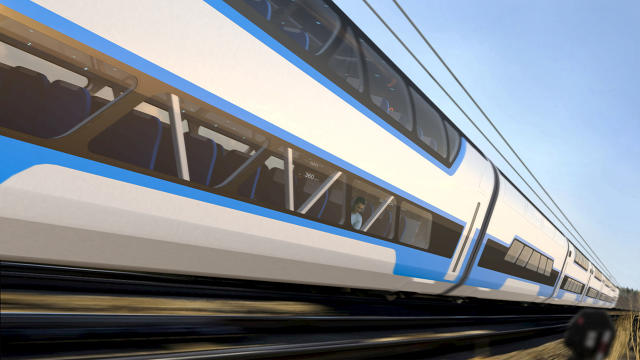
In continental Europe, double decker trains have helped. They elevate a educate’s capacity by using up to 50% with out altering infrastructure. There, the loading gauge, historically, is large sufficient to allow that; in the U.okay. it’s no longer.
The very tight infrastructure within the U.okay. is an important constraint to our design. just four inches extra in every path would convey great advantages for the design. within the quick term, the teach we are designing could carry a relevant seating capability elevate with out affecting the infrastructure at all. In the long run, we hope it begins a dialogue on how the U.ok. can create a rail infrastructure for the 0.33 millennium. The DLR has already developed some radical, but consequential, ideas on this direction.
What’s distinctive in regards to the challenges in the UK’s railway gadget from other methods in Europe?
As mentioned above the British loading gauge is under 4 meters (about 13 toes) for a majority of the strains, the place as the principle traces of the continent are at round four.5 meters (14.75 ft). additionally the platform stage within the U.okay. is 915 mm (three toes), whereas the ecu Union Technical specs for Interoperability (TSI) purpose for 760 (2.5 ft) and 550 mm (1.8 ft), especially to accommodate double decker trains. This creates ergonomic challenges when increasing capacity. additionally many rail stations aren’t really prepared for a capability raise. You also need to assume the way to get individuals on and off a train. The educate is a system, which you at all times want to considerate holistically.
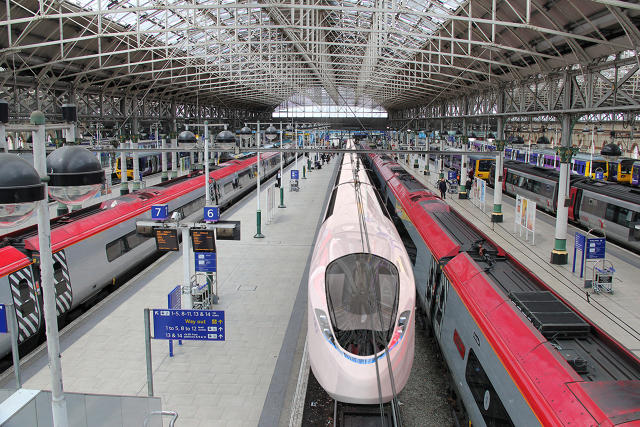
How did you arrive on the “four Cs” of the design transient—capacity, low-carbon emissions thru lightweight building, customer alleviation, and cost-delicate innovation?
The four Cs were adopted and aligned from important govt coverage and are fashionable to most transport programs in particular aerospace and automotive. we now have been increasing the diagram of the four Cs by way of additional orbits, which all interlock. If you’re making your show lighter by using clever engineering and that you would be able to fit more folks you store power and carbon emissions, but additionally prices while you increase capacity. preliminary costs of the train possibly higher, but it starts saving as quickly as it is operating. The challenge is to increase passenger comfort, too, that’s why we even have psychology in our diagram orbit. plenty of the misery of these days’s educate shuttle—no longer most effective in the U.okay.—is bad communication, poor psychology to make passengers satisfied, and terrible passenger waft. we are working on a conceptual level on those fields as smartly. We should no longer overlook the passenger is an important part in the gadget.
might your prototype for the U.ok. could be applied somewhere else?
it can work elsewhere on this planet there are low tunnels, for example in downtown Sydney. additionally, we can call to mind double-decker underground trains in mega cities. A teach with a lower profile also has a lower aerodynamic resistance, which saves energy and CO2 emissions.
getting older infrastructure is a problem in cities and nations all world wide. typically conversing, how can they start to think about future-proofing their railway systems?
The invention of the teach was the doorway into mass transportation 200 years ago. It was the main way of shuttle for the wealthy and the terrible sooner than the invention of vehicles and airplanes. And astonishingly, lately it can be still one of the vital aggressive means of shuttle when it comes to security and pollution. Europe is creating excessive-pace networks, which starts to make many airline connections redundant.
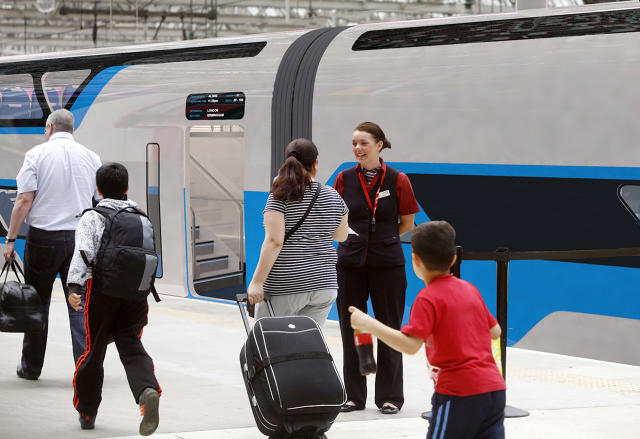
there is nonetheless a lot of small-scale historic pondering within the educate world. a bigger vision of the fashion and grandeur educate travel had in Victorian occasions is missing in the U.okay. We want to work on that better vision. Why should Google, Apple, and others construct automatic automobiles which kind little “trains” on the motorways, all with a variety of vitality loss from person engines working at eighty mph, when it’s worthwhile to make them mechanically drive on a automotive-carrying teach stopping at major cities with a velocity of 225 mph? los angeles to new york to your own electrical automobile in 12 hours, whereas working, dining, and charging the batteries of you automobile.
Future trains might even have in my opinion powered high-velocity coaches, operating impartial and on demand, forming trains on the fly and decoupling at high velocity to serve remote locations on demand. Trains may be the manner of trip one day, if the vision is correct. The know-how is already to be had in the present.
fast company , read Full Story
(63)

